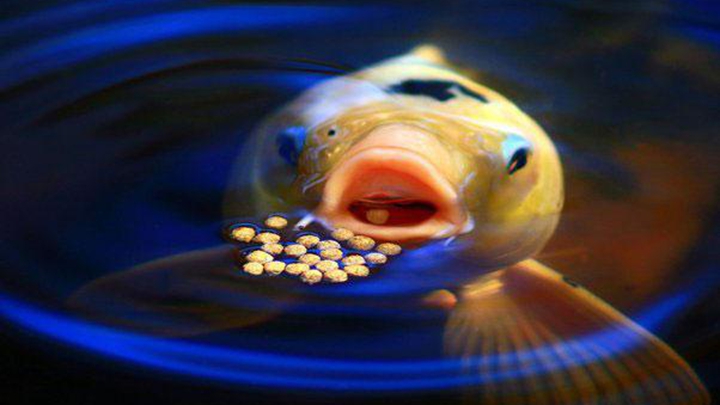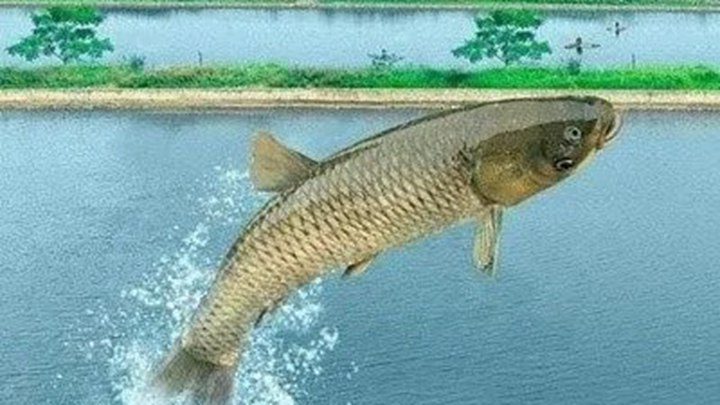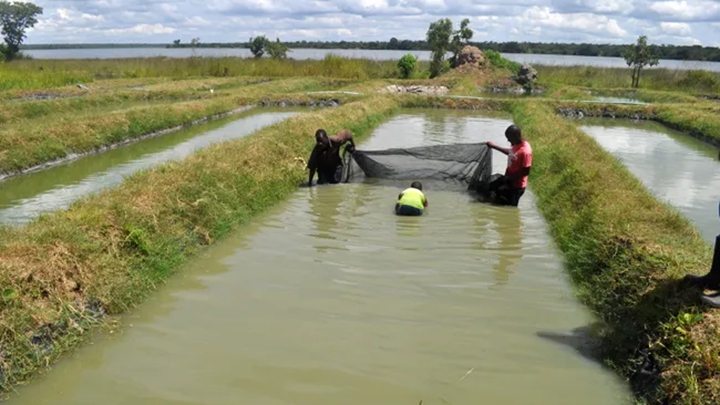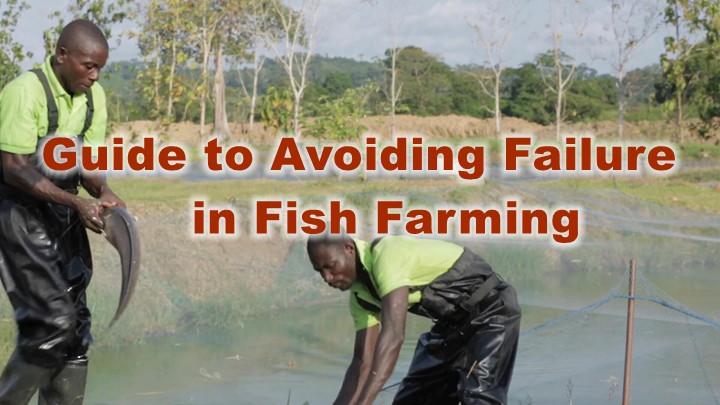Over the past few decades, the fish farming sector has grown in popularity, and it is now a major source of both commercial items and food. The quality of fish feed is a critical component of aquaculture success since it influences the overall productivity, growth, and health of the fish.
Because floating fish feed reduces waste and enhances the overall quality of the water, it is a popular choice for those who wish to observe fish feeding. This article offers a straightforward but thorough guideline on creating floating fish feed pellets, with an emphasis on the ideal fish formula to guarantee optimum production
Key ingredients for floating fish feed
- Protein sources: for proper health and growth, fish require food rich in protein. Common sources of protein for fish include:Fish meal, Blood meal, Corn gluten meal, Soybean meal
- Carbohydrates: apart from providing energy to the fish, it also acts as a binding agent for the feed ingredients. Common sources of carbohydrates include:Rice bran, Corn, wheat
- Fats and oils: these are important in providing the required energy and improving overall health. They are sourced from:Soybean oil, Fish oil, Vegetable oil
- Bbinders: these work hand in hand with carbohydrates in holding the pellets in good shape and can float on water. They include: carboxymethyl cellulose, gelatinized corn flour, and starches
- Vitamins and minerals: for ensuring optimal health and preventing possible deficiencies, a proper rationed mix of vitamins is essential. Some include vitamin A crucial for vision and reproduction, and Calcium to facilitate bone formation and proper muscle functioning
What is the Fish Feed Extrusion Process?
The fish feed extrusion method uses a fish feed extruder machine to cook a mixture of feed materials at high temperatures, high pressures, and moisture in a short period.
The high temperature in this process is either caused by dry extrusion (friction) or wet extrusion (preconditioning and stream injection).
Fish feed extrusion is typically divided into two types based on the moisture content of the raw material.
Dry-type Extrusion
In this type of fish feed extrusion process, heat comes from an electric plate to warm raw materials, which are then forced out through a die hole and under pressure using a screw extruder. The moisture content in this process ranges from 15-20%.
Wet-type Extrusion
This type of extrusion works on a similar principle to that of dry-type extrusion; however, this process requires more water and vapour to make the moisture content up to 20% or even over 30%.
Benefits of the Extrusion Process
Fish feed extrusion offers numerous benefits.
The extrusion process aids in eliminating mycete, fungi, and germs from feed ingredients while enhancing their hygienic quality.
The steam, pressure, and heat help promote the levels of starch paste, break, and soften the cell wall, and release digestible materials. It favors the digestion and absorption of aquatic animals.
Fish feed produced from an extrusion method can float for a long time, which helps in observing fish ingestion, adjusting feeding quantity timely, and keeping fish healthy.
The Step-by-step feed pellet making process
Grinding- Using a hammer mill, Grand all the materials together to achieve a homogeneous mixture
Mixing- In this step, you need to transfer all the materials that have been ground to a mixer. You then add the vitamins, minerals, and binders. This is where uniformity is achieved
Extrusion-You feed the ingredients from the latter process where they are exposed to high temperature and pressure which makes the pellets gelatinize. You need to control the extruder settings to adjust the desired pellet sizes
Drying- After extracting the hot pellets from the extruder, you now transfer the hot pellets to a dryer to get rid of excess moisture. This practice serves to prevent mold growth and thus lengthen shelf life
Cooling- You use the cooling machine to lower pellet temperatures to stop pellet condensation
Packaging- You then pack the pellets in air-tight bags and label the necessary information such as production and expiry date.
Best practices for formulating fish feed
- The fish feed formula should have a well-balanced proportion of protein, carbohydrates, and minerals
- You should always ensure to use the best quality of ingredients to enhance efficiency
- You should always decide on sizes of pellets based on the size and species of your fish
- You should regularly test your feed composition to ensure that the nutritional values of the fish are met
Conclusion
Several factors need to be taken into account to make floating fish feed pellets. They consist of choosing the best components, appropriate tools and equipment, and adhering to the right protocol. You can make a high-quality feed that will improve fish health and growth while maximizing productivity by following the instructions in this article.





